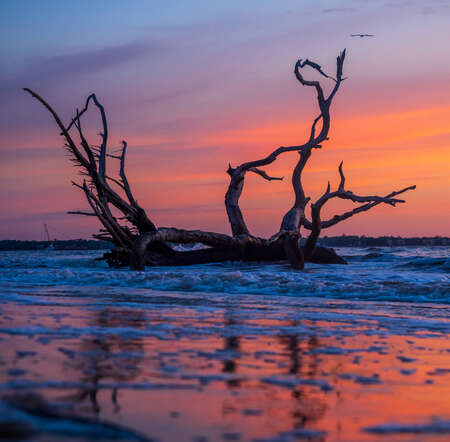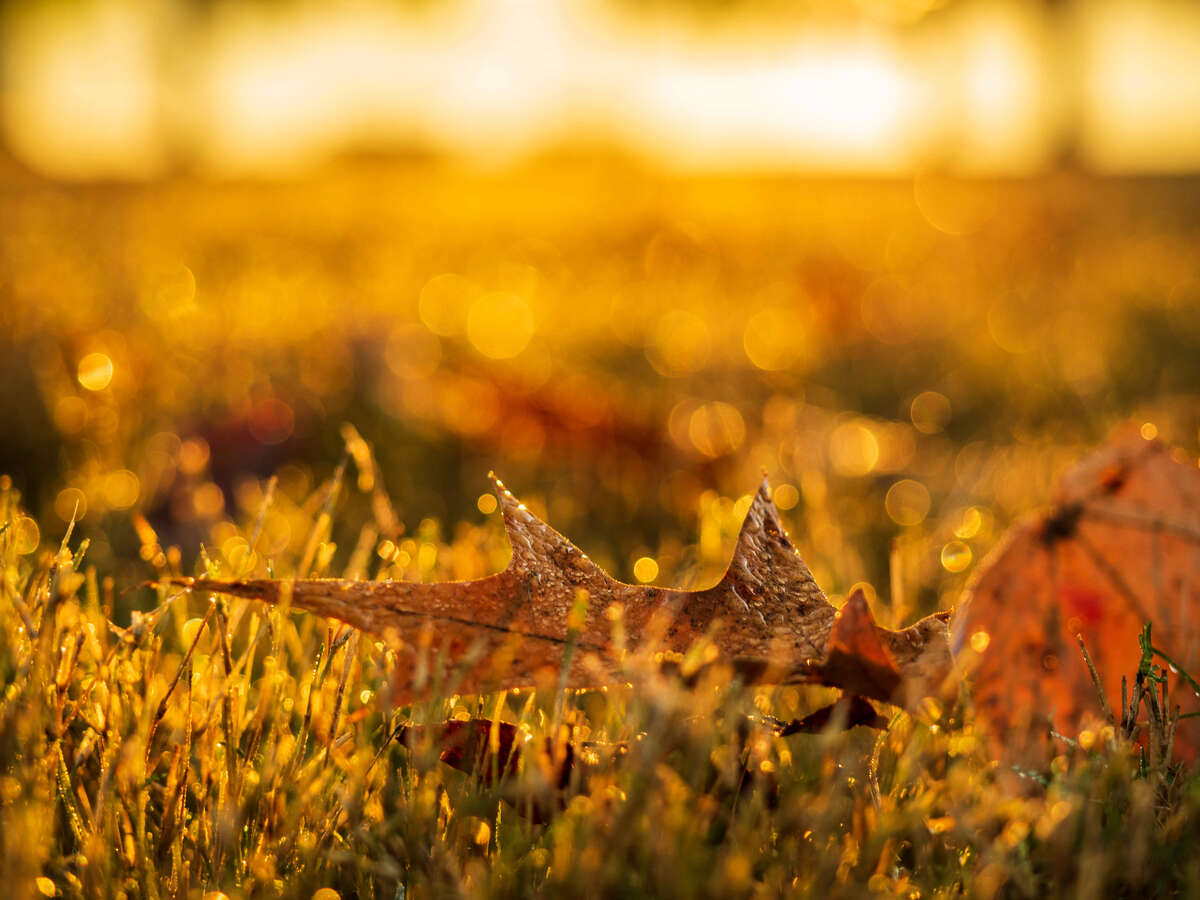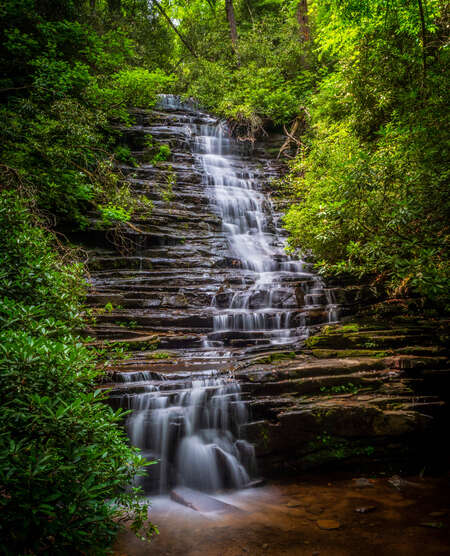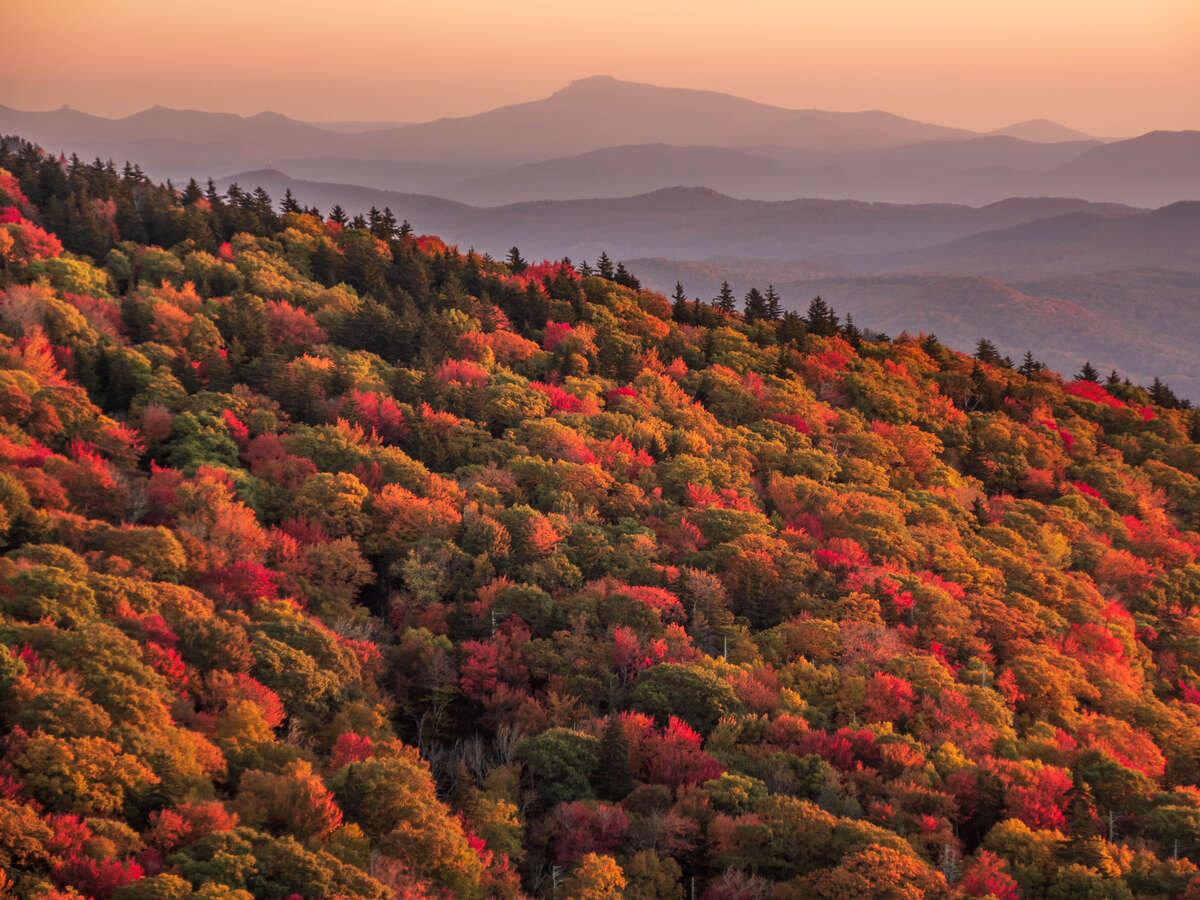I’m constantly chasing and planning my next adventure: vibrant sunsets on the beach, stunning foliage in the mountains, and 400 foot waterfalls deep in the woods.
It’s humbling and exhilarating to reach a destination and be surrounded by so much beauty. My mantra with photography has been and will always be: beauty is hidden in all around us; you have to feel it before you can see it.
To me, nature photography is about admiring that beauty, being observant of your surroundings, and capturing a moment and a scene in time, undisturbed. Light, fog, and color can magically transform a landscape and it’s quite exciting to chase these fleeting conditions. In an image, I aim to tell a story - through light, color, depth of field. What draws you in? What evokes a memory or a mood? Capturing these moments with my OM-D E-M1 Mark II has become a passion for me and further sharing the lens through which I see the world is my passion.
Choosing my gear was an easy decision, the first obvious advantage of Olympus is its strong value proposition compared to its competitors, offering a high resolution Micro Four Thirds sensor with truly fast auto-focusing, producing richly colored, crisp images with professional image quality.
The compact, lightweight, weather-resistant body and lenses make it absolutely ideal for landscape photographers like myself - often walking or hiking for miles through the elements, using feather-light camera gear makes the travel so much easier. The E-M1 Mark II and M.Zuiko lenses are built for landscape photography- often it’s very humid, foggy, raining etc. and this design truly protects the sensor and glass from the elements and dust.
Because the E-M1 Mark II offers in-body image stabilization, I can forego a tripod in low light settings which is a huge bonus when chasing sunsets or sunrises. Conveniently, I can even shoot handheld at 1-2 second exposure - pretty incredible! Due to the imbedded benefits of image stabilization, I don’t need to increase my ISO significantly, so the quality of my images are significantly cleaner compared to shooting with a higher ISO.
My go-to nature landscape lenses are the M.Zuiko 12-40mm F2.8 PRO lens and M.Zuiko 12-200mm F3.5-6.3 lens. The 12-40mm F2.8 PRO lens is wonderful for a wide angle shot or a portrait shot. A huge benefit of using an Olympus PRO lens is enhanced performance, my shots are sharper and crisper throughout the entire zoom range, compared to other zoom lenses. I love that I can get an up-close shot creating a bokeh effect, or a long exposure of a cascading waterfall all within the same lens.
Although this lens is not necessarily built for macro, it has respectable performance for close-up shots, for example getting down low in the grass to capture the sun’s glimmer on the morning frost or the striations in newly fallen leaves. Using a wide aperture to obtain a bokeh effect while still maintaining sharpness of some of the leaves and grass really produced a focused image with an interesting depth of field.
Using the same M.Zuiko 12-40mm F2.8 PRO lens for a long exposure shot, I hiked through the mountains of North Georgia during a warm humid June day towards a series of waterfalls.
I was standing fairly close to these cascading falls and mist was generated as a result of the falling water. Other than having to wipe the water from the outside of the lens glass, my Olympus was able to withstand the humidity and the water exposure from the falls while still maintaining sharpness and high image quality for a long exposure.
Another favorite lens in my bag is the M.Zuiko 12-200mm F3.5-6.3, this lens provides an enormous range from a wide angle shot to a telephoto shot, the versatile nature of this lens is quite impressive. It’s unique to see a zoom lens be so compact with a full-frame equivalent focal length of 24-400mm.
This is a really optimal travel lens for me, I don’t have to worry about swapping lenses in the field or traveling with more than one lens. In pursuit of peak fall foliage in the mountains, here I drove through the Blue Ridge Parkway in North Carolina before sunrise in late October. There were pockets of vibrant foliage in some spots, and other spots green. I didn’t know what kind of shot I was going for - there was some fog, some golden light approaching and some beautiful skies - any combination of these could make a beautiful composition.
Using the M. Zuiko 12-200mm lens provided me with the convenience of keeping one lens on the camera body as I was pulling over and shooting at multiple locations. I knew I needed to head towards Mt. Mitchell as there were reports of peak foliage, I pulled over at the base of trails and saw this patch of foliage. The sun was just coming up, and I wanted to capture how the golden light hit these sun-facing colorful trees. With little time to set up with a tripod, I was able to take handheld shots of these beautiful trees, with mountain tops in the background. Maintaining a low ISO for improved image quality, I was able to capture the detail of the green pine trees that carved the outline of this hilltop.
Olympus provides photographers with built-in features that are essential for that landscape photography: image stabilization, fast autofocusing, weather proof gear that is compact and lightweight to carry all at an affordable price. The quality of the photographs are rich in color and sharp with detail; there truly is no need for me to switch to a more bulky and expensive full frame counterpart.
IG handle: @kristiana.hope
Kristiana Laccetti is a Biomedical Scientist in Atlanta, Georgia, in addition to her passion for science she loves to chase the moon or vibrant skies to illuminate a city or nature landscape. When she is not in the lab, she loves hiking in the mountains, cooking and baking, spending time with her fur babies and capturing the beauty of city and nature landscapes with her camera.
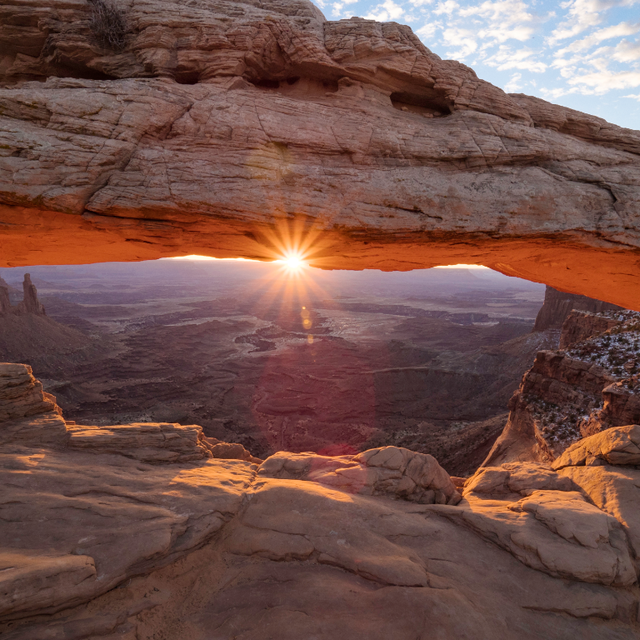
The OM SYSTEM Guide to Landscape Photography
The best landscape photography transports you. Learn how to convey that feeling your photos.

Forest Backpacking with OM SYSTEM
Chris and Meagan share ways to explore ethically while respecting forest conservation.

Photographing Waterfalls
Get tips for waterfall photography from Frank Smith.
